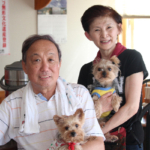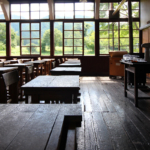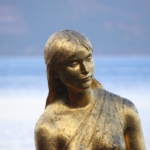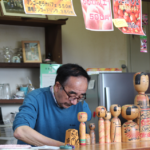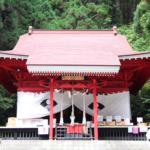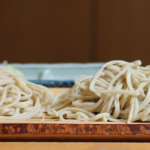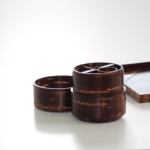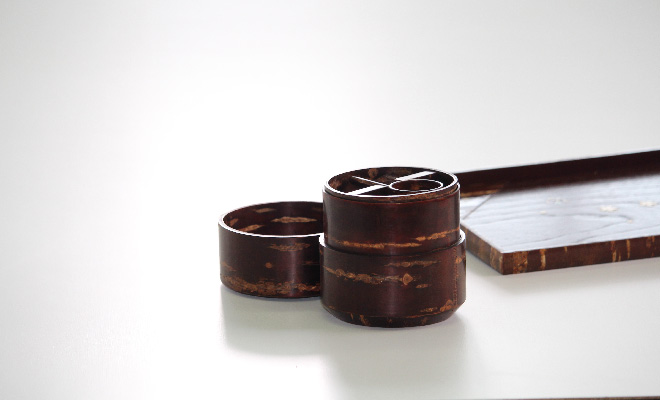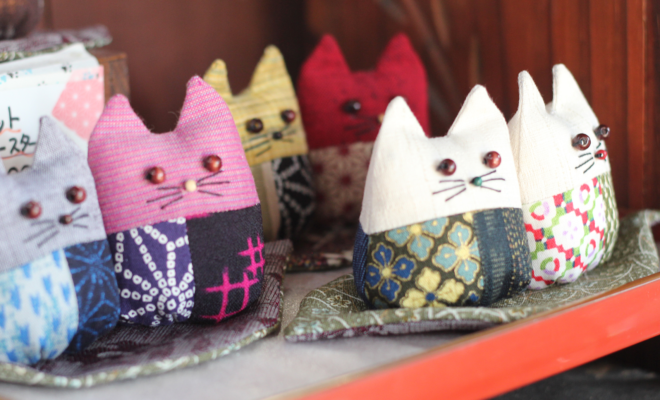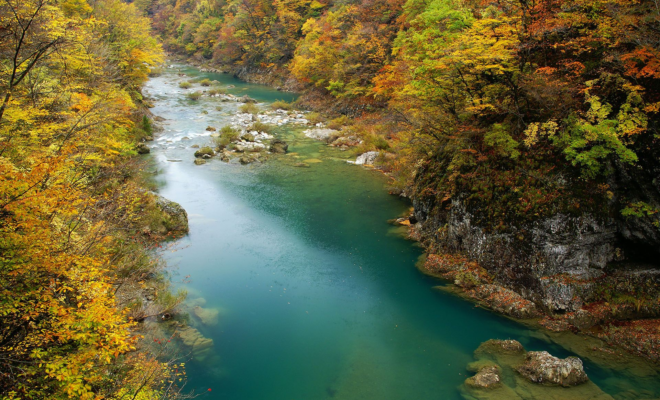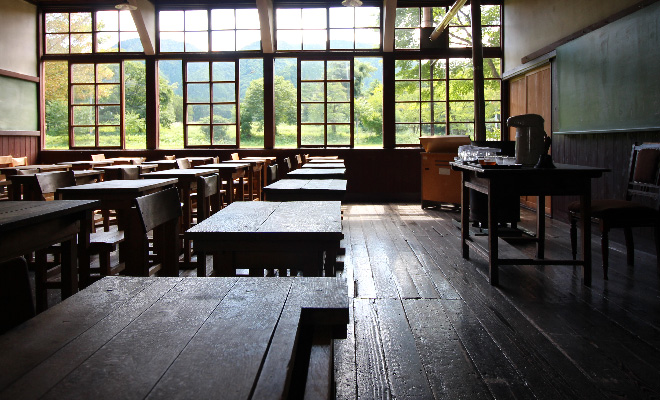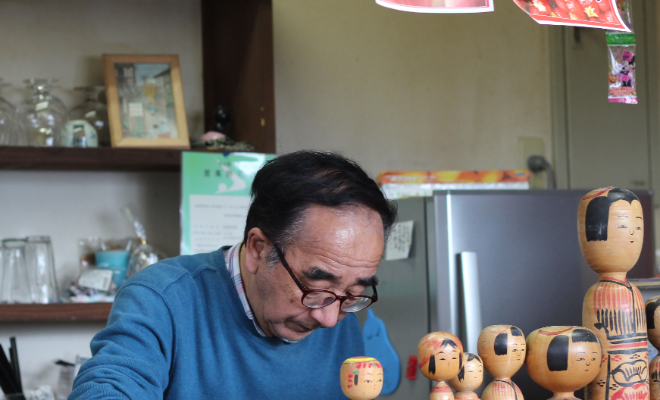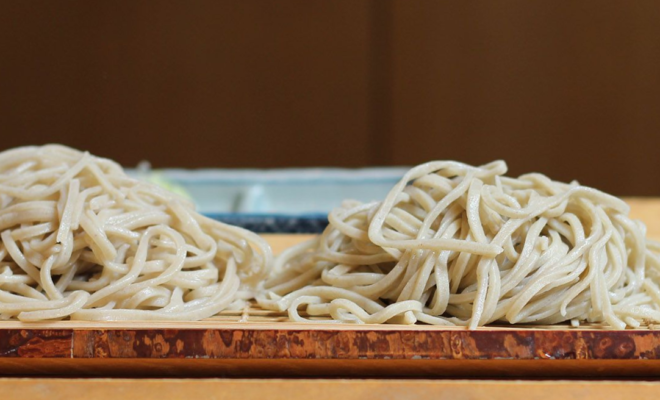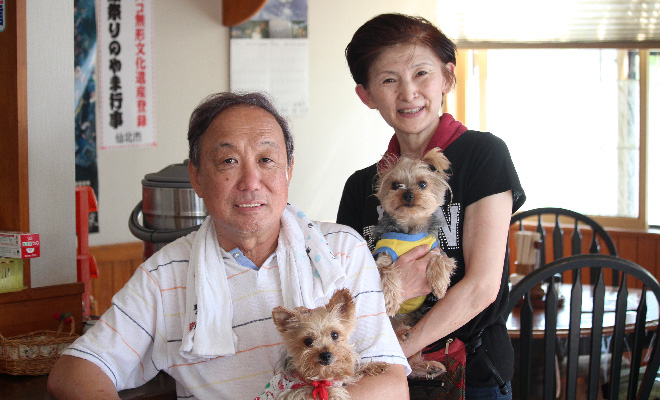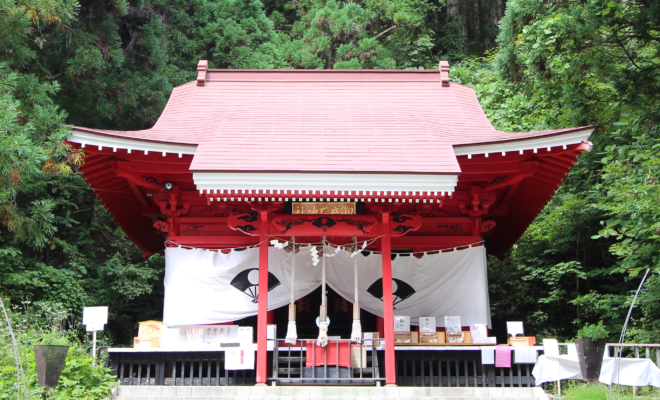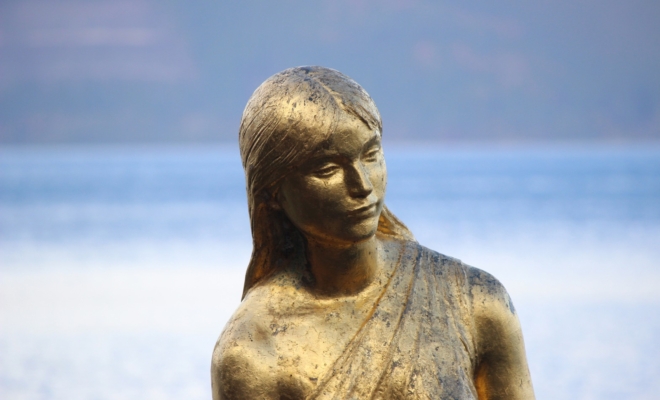Senboku City is located in the eastern area of Akita Prefecture and adjacent to Iwate Prefecture. In 2005 the city was established by merging Kakunodate-machi,Tazawako-machi and Nishiki-mura, and its population was 27,191 on July 31st, 2017. At the center of the city there is Lake Tazawa-ko, which is the most deepest lake in Japan. Moreover Mount Akita-Komagatake is in the eastern area, Plateau Hachimantai is in the northern area, and Senboku Plain is in the southern area. Due to a basin effect, there exists a clear difference among the four seasons and the gap between the lowest and highest temperature gets over 40 degrees Celsius. Consequently the difference in temperature during a year is the largest in Akita. Particularly there is heavy snowfall in winter and this region is one of the heavy snowfall area in Japan.
Kakunodate is a part of Senboku City, and it was developed by placing Komatsuyama-jo Castle at the center of the area. In the whole southern area around the castle there remains a part of the old samurai residences which were built by Ashina and the vassals of Satake during the Edo Period. Since some of them were built in a style of Kyoto, this area is called “Little Kyoto in Michinoku,” which means the north deep from Edo and was made by Basho Matsuo, who was a famous haiku poet. The area of the old samurai residences is “Uchimachi” and the outer area is “Tomachi” where merchants and townspeople lived. In each area, we can enjoy a different atmosphere harmonized with a samurai and merchant style, respectively.
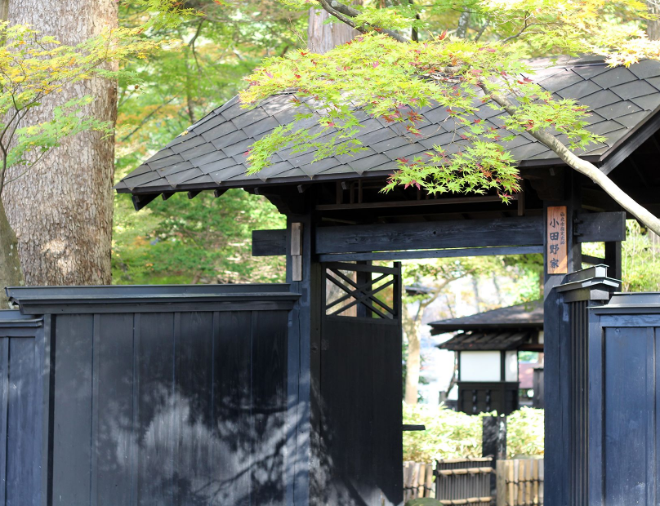
Apart from these two areas, there exists Kakunodate-Shinmeisha Shrine, where the Japaneses Sun Goddess is enshrined. In another place, there exists Jojuin-Yakushido Temple, which has a gate of Shinto although it belongs to Buddhism. Both of them are related to “Parade of Festival Float in Kakunodate” registered to UNESCO Intangible Cultural Heritage in December 2016.
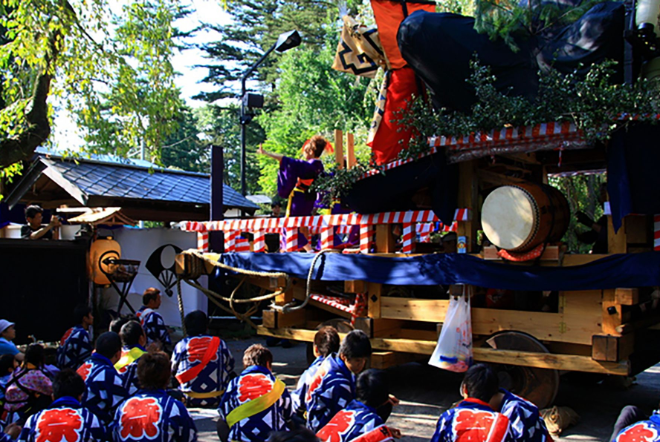
One of the fascinating features in Kakunodate is a change of colors in the scenery by its seasonal shifts. In spring, pink of cherry blossoms is good. Light pink near the old samurai residences are swinging as if they were beckoning us, and pink along blue of the river creates good contrast in a fine balance. Both cherry blossoms are an unmissable scenery in Kakunodate. In summer, green of young leaves is good.After the cherry blossoms fell, light green shows up in the scenery with a song by birds. In midsummer,deep green protects strong sunshine and makes us feel cool while a chirp sound of cicadas reminds us of summer under the trees. In fall, red and yellow of autumnal leaf coloration are good. The green leaves are gradually changing into red or yellow, and this color transition is associated with stream of time. Many red dragonflies in the sky at dusk may motivate people to compose a poem even though they are less talented in literature. In winter, white of snow is good. Snow silently keeps falling and fills the ground in white. The snow absorbs sounds all over and it gets more silent and calm comparing with the other seasons. Between an interval of snow, light of the sun from a blue sky is reflected by the snow, and it makes the scenery more bright and clear. At night the snow on the ground reflects light of the moon and a fantastic scenery shows up in dark.
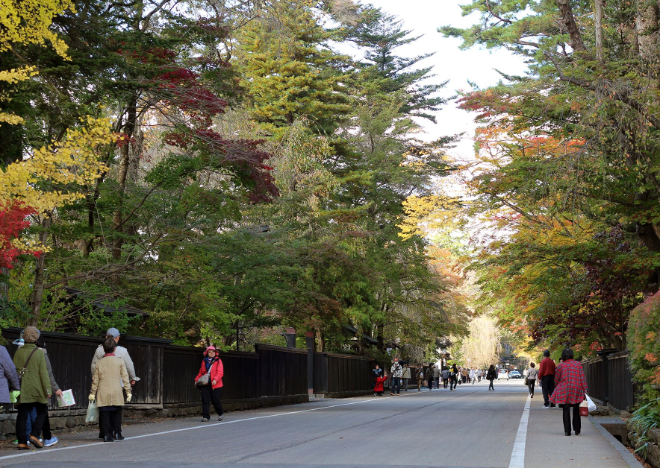
Finally to compose this paper, we particularly interviewed “local people” so that we could collect local information which cannot see from the outside. Through the interviews we found that the fascinating aspect of Kakunodate would be retained by minds of the local people. We wish hospitality of the people in Kakunodate were delivered to you as much as possible.
Why don’t you visit Kakunodate, where you can feel the affluent nature and the strong motivation of the local people.
written by Nonaka, Akita University

